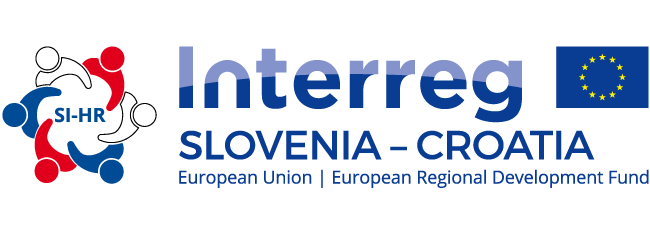 One of the essential activities in flood risk management is the collection of various data and the implementation of various types of measurements in order to better manage flood risk or water management in general.
One of the essential activities in flood risk management is the collection of various data and the implementation of various types of measurements in order to better manage flood risk or water management in general.
Data collecting activities include collecting:
- documenting (photographs, videos) the entire river basin and the watercourses themselves;
- LIDAR surveying of the terrain or entire river basins or wider areas;
- data on topography, geography, river basin hydrography and similar;
- documenting (photographs, videos) the extent of floods and recorded depths of water upon the occurrence of individual flood events;
- data on previous floods from historical sources, almanacs and similar;
- data on activities that are permitted or already implemented (built) on individual parts of the watercourses; etc.


 Measurements activities include:
Measurements activities include: